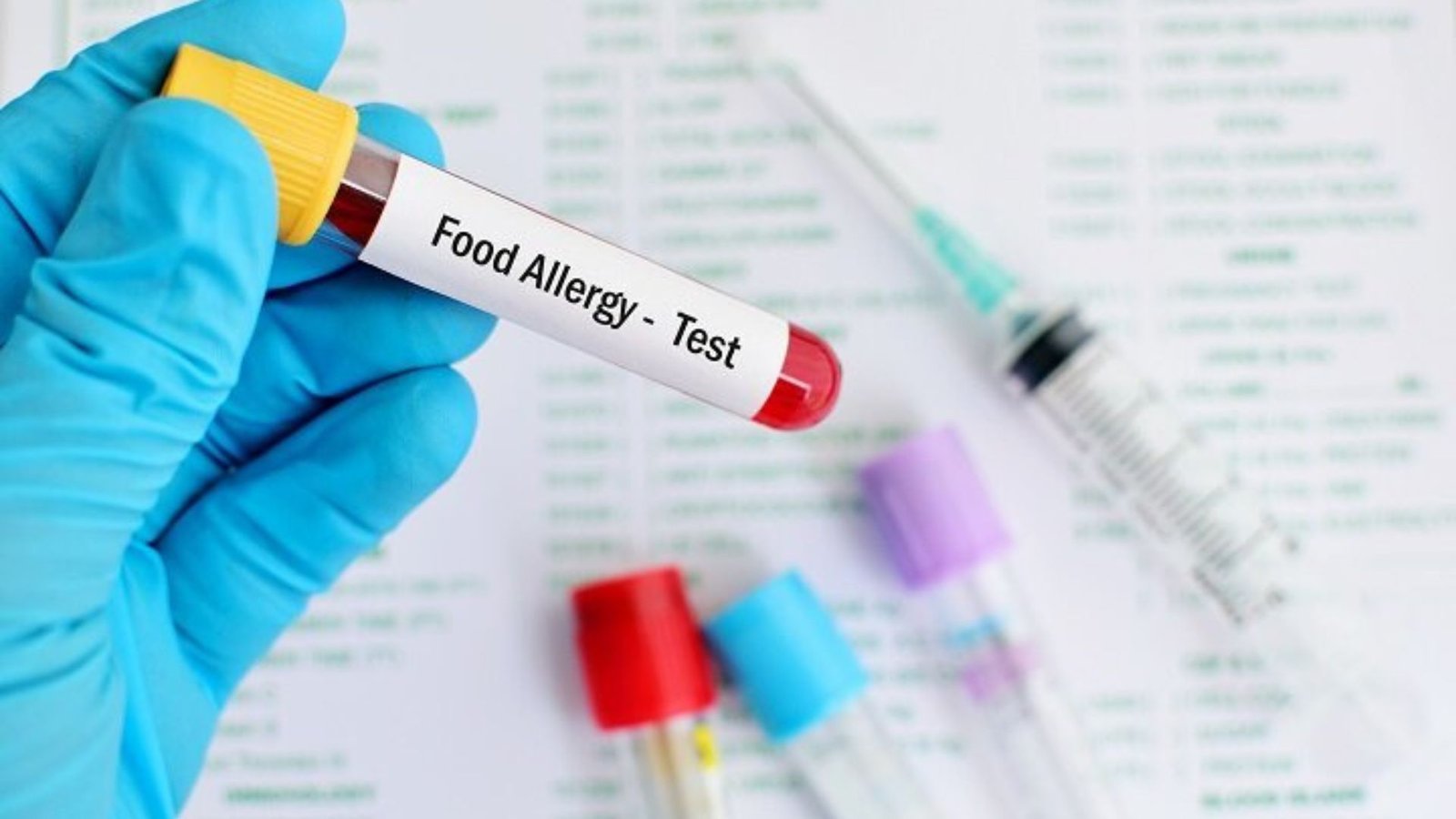Food allergies can be a daunting challenge for parents, particularly when it comes to protecting children from potentially severe allergic reactions. Whether your child has just been diagnosed with a food allergy or you’ve been managing it for years, understanding how to prevent allergens from causing harm while supporting your child’s overall well-being is crucial.
In this guide, we’ll explore practical steps and strategies parents can implement to ensure their child’s safety and comfort while navigating food allergies.
Understanding Food Allergies in Children
A food allergy occurs when the immune system mistakenly identifies a normally harmless food protein as a threat, triggering an immune response. This can result in a range of symptoms, from mild hives and stomach upset to severe reactions like anaphylaxis, a potentially life-threatening condition. Common allergens in children include milk, eggs, peanuts, tree nuts, fish, shellfish, soy, and wheat.
Recognizing the symptoms of food allergies and understanding the risks can help parents prevent exposure and react quickly if an allergic reaction occurs.
1. Know the Signs and Symptoms of an Allergic Reaction
The symptoms of an allergic reaction can vary widely, so it’s essential for parents to be vigilant and recognize potential signs early. Some common symptoms of food allergies include:
- Skin reactions: Rash, hives, swelling, or redness
- Digestive issues: Stomach cramps, vomiting, diarrhea
- Breathing problems: Wheezing, coughing, difficulty breathing
- Swelling of the face, lips, or tongue
- Anaphylaxis: A severe, life-threatening allergic reaction that may include difficulty breathing, drop in blood pressure, and loss of consciousness
If you suspect your child is having an allergic reaction, it’s crucial to act immediately. Keep a record of symptoms to share with healthcare providers and always seek medical attention if the symptoms are severe.
2. Identifying and Avoiding Common Food Allergens
Understanding which foods trigger your child’s allergy is essential for keeping them safe. The most common allergens that affect children include:
- Milk
- Eggs
- Peanuts
- Tree nuts (e.g., almonds, walnuts, cashews)
- Wheat
- Soy
- Fish
- Shellfish
Carefully read ingredient labels on packaged foods to identify potential allergens, and avoid foods that contain these ingredients. Be cautious with products labeled “may contain traces of [allergen]” or “processed in a facility that also processes [allergen].”
Tip: Work with your child’s pediatrician or an allergist to identify specific foods to avoid. Consider keeping a list of safe foods to help make meal planning easier.
3. Creating an Allergy-Friendly Home
The kitchen can be a potential hazard for children with food allergies. It’s essential to create a safe environment by taking a few simple steps:
- Label all foods: Clearly mark foods that contain allergens or are allergen-free to prevent confusion.
- Separate kitchen items: Use separate utensils, cutting boards, and pots/pans for foods that contain allergens. If possible, designate specific kitchen items for allergen-free cooking.
- Clean thoroughly: After preparing meals, wash all surfaces, utensils, and hands thoroughly to prevent cross-contact with allergens.
- Use dedicated food storage: Store allergen-free foods in airtight containers to prevent cross-contact with foods containing allergens.
Tip: If you’re preparing food for others, always ensure that your child’s allergen-free food is kept separate and safe from shared items.
4. Emergency Planning: Be Prepared for Anaphylaxis
Anaphylaxis is a severe allergic reaction that requires immediate treatment with an epinephrine injection (EpiPen). It’s crucial to be prepared in case of an emergency:
- Keep epinephrine on hand: Always carry an epinephrine auto-injector, and ensure that your child’s caregivers, school staff, and relatives know how to use it in case of an emergency.
- Have an emergency plan: Create an action plan with your child’s doctor, including steps to take if an allergic reaction occurs. Share this plan with school staff, babysitters, and anyone else who may care for your child.
- Teach your child how to communicate: Depending on their age, teach your child how to recognize the signs of an allergic reaction and to inform an adult right away.

Tip: Make sure the people your child interacts with, including teachers, caregivers, and friends, are aware of their allergy and know how to respond if a reaction occurs.
5. Eating Out Safely
Dining out can be a challenge for families managing food allergies, but with some preparation, it can be done safely. Follow these tips:
- Research restaurants ahead of time: Call ahead or check online for allergen-friendly restaurants. Many restaurants now have allergy menus or are willing to accommodate food allergies with modifications.
- Communicate clearly: When ordering food, always inform the server about your child’s food allergies. Don’t assume that staff will automatically be aware or cautious.
- Be prepared to ask questions: Don’t hesitate to ask about how food is prepared, whether cross-contact is a concern, or if the kitchen can avoid using certain ingredients.
- Carry your own snacks: If you’re unsure about restaurant options, pack safe snacks for your child to ensure they have something to eat.
Tip: Many restaurants now offer allergy-friendly options, but it’s always best to double-check to ensure your child’s safety.
6. Supporting Your Child’s Emotional Well-being
Children with food allergies may experience anxiety or frustration due to restrictions on their food choices. It’s important to offer emotional support by:
- Talking openly: Explain food allergies in an age-appropriate way so your child understands why certain foods are off-limits and the importance of safety.
- Encouraging self-advocacy: As your child gets older, teach them how to advocate for themselves in social situations like school, parties, and playdates.
- Promoting positive experiences: Celebrate your child’s success in avoiding allergens, and encourage them to try new allergen-free foods.
Tip: Encourage your child to participate in meal planning and food preparation, making it a fun and empowering experience.
7. Working with School and Daycare Staff
If your child has food allergies, it’s important to work closely with school or daycare staff to ensure their safety:
- Inform the school: Provide a written statement about your child’s food allergies and any necessary precautions or medical instructions (including how to use epinephrine).
- Create an allergy action plan: Collaborate with the school to develop a plan for dealing with allergic reactions and ensuring that your child’s allergies are recognized and respected.
- Discuss food options: Ensure that the school can provide safe meals or snacks for your child or that you can send food from home.
Tip: Consider meeting with school staff before the school year starts to discuss your child’s specific needs and ensure that everyone is on the same page.
Conclusion: Keeping Your Child Safe and Healthy
Managing food allergies in children requires vigilance, preparation, and support. By taking proactive steps such as understanding allergens, creating an allergy-friendly home, having an emergency plan, and working with schools and caregivers, you can help protect your child from allergic reactions. With the right resources and mindset, your child can thrive despite food allergies, enjoying safe meals and experiences.











